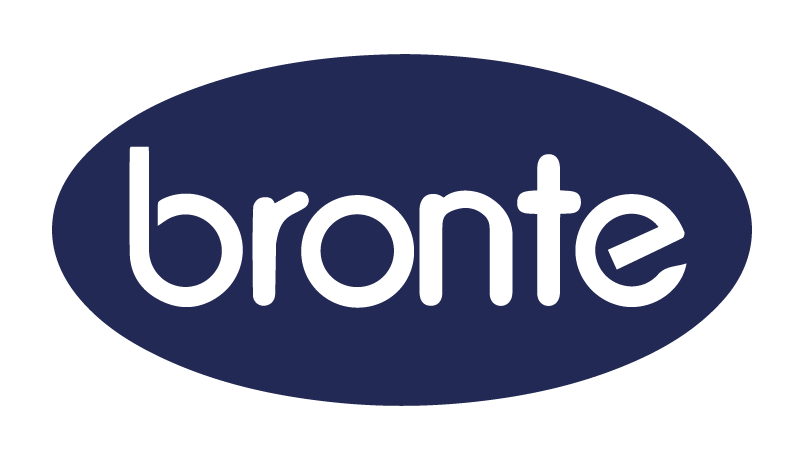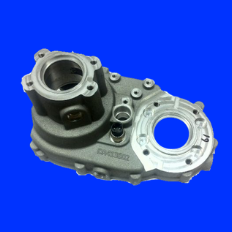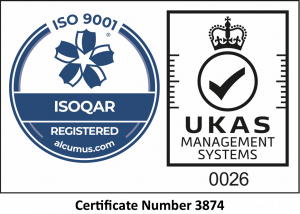Requiring constant supervision and adjusting by skilled operatives, manual machines have been the mainstay of machines shops for hundreds of years. The use of handwheels, levers and foot pedals allow workpieces to be manipulated in relation to mounted cutting tools which in turn remove excess material to generate the desired modifications.
The newer CNC machines eliminate the need for constant supervision and operation by using computer programs. Often, cutting tools are mounted on moveable turrets which are programmed to move in a set manner to shape the workpiece as required.
One of the main benefits to using computer programs when manufacturing is the ability to produce the same component consistently time and time again as the removal of human error means that the discrepancy between repeated parts is kept to a minimum. This consistency can help machine shops save time and money by reducing waste.
The use of CNC machines also means that products can be manufactured to extremely tight tolerances due to the ability to make highly accurate alterations to workpieces. Multiple actions can also be programmed which in turn allows complex components to be machined quicker than they would be on a manual machine.
Many machine shops benefit from reduced labour costs when using CNC machines as setters and operators may be tasked with managing multiple machines. This is made possible because there is no requirement to consistently operate CNC machines once they have been programmed and set running.
The above benefits have resulted in CNC machines replacing their manual counterparts in machine shops across the globe, but many workshops have not replaced them entirely due to their effectiveness in specific scenarios.
For example, manual machines are often utilised alongside CNC machines when smaller batches of simple components are required. It can often be quicker to produce simple components on manual machines instead of spending time programming CNC machines that might be better suited to producing larger batches of complex components.
Bronte Precision Engineering has the staff and expertise necessary to operate both CNC and manual machines effectively and our facility in Bradford, West Yorkshire is equipped with both types of machine. If you require precision engineering services such as milling, turning or gear cutting and would like to enquire about our current availability, please contact us on 01274 698 900 or send your RFQ to mail@bpel.co.uk






